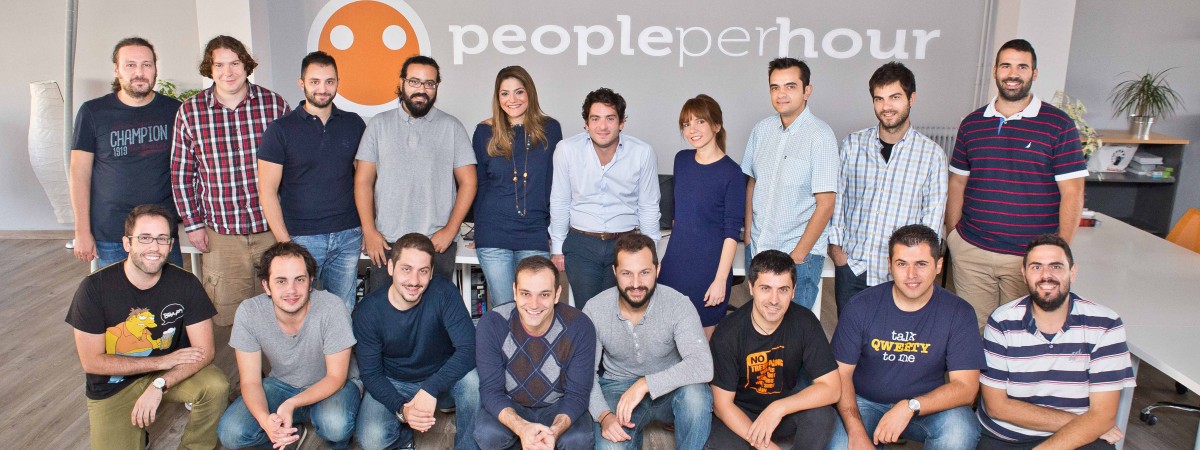The unmaking of a making economy
Most people by now will have heard some buzz about the ‘sharing’ or ‘on demand’ economy. Few will realise how staggering it’s growth has been.
Consider this. There are now more Uber rides in NYC than in yellow cabs. There will soon be more Airbnb nights than the world largest hotel chains. And according to Mary Meeker’s recent report more than 1 in 3 of the US Workforce are freelancers, sharing their spare time on sites like PeoplePerHour, Upwork, Fiverr and others. And these are all companies that are less than a decade old!
We are going from a nation of ‘making’ things for consumption, to one of ‘sharing’ them. There is no question that whatever the underlying commodity is – transportation, food, accommodation, or your skills & time, – more of it will be shared than bought within the next few years.
Production, retail and traditional distribution as we know it will therefore shrink. The divide between a Producer and a Consumer is getting blurred and will only carry on doing so until it breaks down completely. Producers now compete not just with other Producers of the same or similar thing, but with Consumers who already own and share it. A cabbie competes with anyone who has a car and rides for Uber, Lyft etc; an in-house employee competes with the now estimated 54+ MM people who freelance in the US alone and are available to be hired on-demand; and hotels compete with your and my spare bedroom or vacation home.
In that evolution, power in the value chain has shifted dramatically, from the craftsmen & blacksmiths who possessed scarce skills of production; to corporations that commoditised those skills, powering mass production and driving craftsmen to virtual extinction; and now to consumers whose ‘cost of production’ is lower than both and in many cases virtually zero.
I predict that the birth sharing economy will be cited 10 years from now as equally disruptive and revolutionary as the industrial revolution itself. By the end of the decade the consumption on such C2C (consumer to consumer) platforms will radically belittle that of the ‘making’ economy as we know it today.
Another trend that’s ‘in the ‘making’ will accelerate that as it becomes more economical for mass consumption (or production, however you want to viwe the glass) is 3D printing. Already this drivable car was printed in just 44 hours, and researchers are making 3D printed jet engines!
Moore’s law will prove right in 3D printers much like it did with personal computers, meaning that the power of 3D printers will double every two years and cost will halve. Eventually they will become mainstream – everyone will have one churn out stuff they need ‘on demand’ in their back yard. Even body organs!
This will have major implications for practically every industry, from medicine, food, fashion, the making economy at large and, yes, EVEN the sharing economy.
We may just find ourselves go from sharing things that companies make or build, to things we make entirely ourselves!











